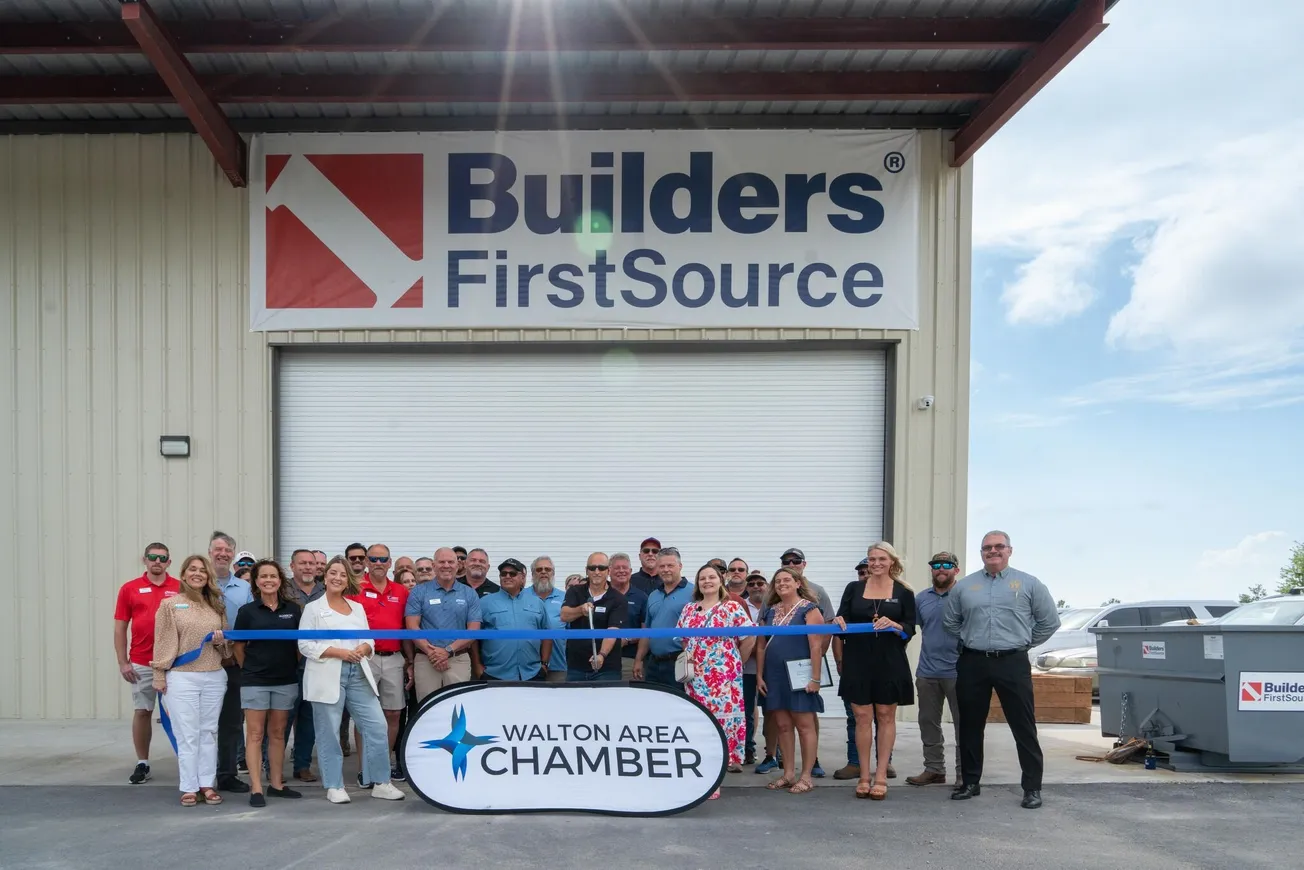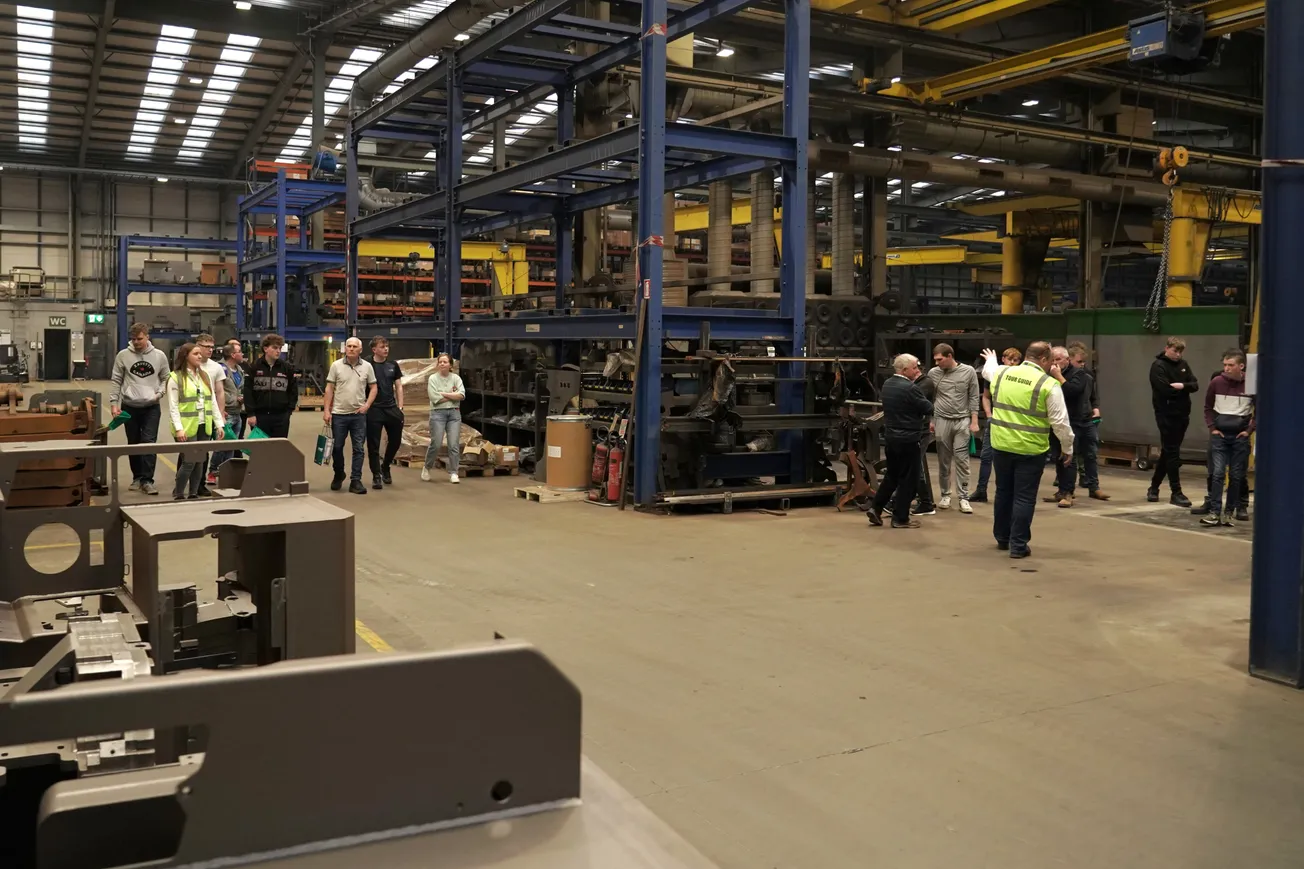Table of Contents
At the end of 2020, I had the privilege of moderating a virtual panel discussion with industry-leading executives for NAWLA Exchange, and hearing their lessons learned during the many disruptions of 2020.
While many of us, myself included, have a playbook for downturns and other challenges, last year presented new conditions that none of us had previously experienced. These new operating “curve balls” required us to adjust and innovate in new ways. The panel also shared their thoughts on what lies ahead for our industry for 2021.
Our panelists included Don Kayne, CEO, Canfor Corp. and Canfor Pulp; Craig Johnston, president and CEO, Forest City Trading Group; Grady Mulbery, president and CEO, Roseburg; Jim Enright, CEO, Pacific Woodtech; and Matthew J. Missad, CEO, UFP Industries.
There was great consistency in the panelists’ thoughts on how COVID changed the way they served their customers and maintained continuity in their operations. The top priority was employee safety, especially in the early days of the pandemic, when much was still unknown and the responses from state and local authorities were inconsistent.
All employees who could work remotely were doing so by early March, and those who were still in factories or other shared workspaces were following the appropriate protocols. This was made possible through a combination of foresight early in the year and investment in technology platforms in the years prior. While strategic initiatives and investments were put on hold out of a desire to hold on to cash in 2020, companies reaped the benefits of those activities from prior years. COVID has certainly pointed out the need for our companies to stay current with technology, especially technology that links us closer with our employees, our vendors and our customers!
Their second area of emphasis, which will continue to be a focus for these leaders in 2021, is delivering outstanding customer service. Because their businesses and differing roles in the supply chain, responses here were more diverse.
Successful approaches included proactive efforts to ensure their businesses were deemed essential (which was ultimately the case in most U.S. states), adoption of new supply chain management technologies, increasing capacity to dispatching teams, and leveraging redundant production facilities or different products from other regions. They credit their teams for flexibility and creativity in serving customers who could not get product.
For both groups—employees and customers – the importance of communication was the key takeaway. Transparent, frequent and accurate communications were implemented by each of these organizations. Effective communications helped address areas of uncertainty and ensure the desired levels of service and safety were achieved.
For those on our panel with staff members who thrive on interpersonal relationships and businesses driven by those one-on-one relationships, a fundamental shift in communications was necessitated by the pandemic. As the ability to go onsite to a customer and identify solutions through observing a customer’s operations ceased, new communication channels and processes were implemented to help identify and meet customer needs.
While each of these measures were critical based on the circumstances that were encountered in 2020, the consensus is that they are temporary solutions, not “forever ones.” Our businesses thrive with someone physically answering the telephone, and when in-person interactions occur between customers and employees and between employee groups.
We acknowledged that it will be difficult to completely eliminate remote work after this lengthy time that our employees have proven their ability to work remotely. Each of us has heard from employees who are finding great satisfaction with the remote work environment, but have equal numbers of team members who have expressed dissatisfaction with the current situation and an eagerness to return to an office environment. Even with the rapid transition to remote work in early 2020, many company leaders communicated the temporary nature of those changes and have continued to express that expectation, making this an issue that requires further consideration in 2021.
In looking back at the year with the benefit of hindsight, these leaders were pleasantly surprised, as was I, that the forecasted recession didn’t materialize, and customer demand and company performance remained so strong throughout last year.
They credit factors such as the government stimulus; a shift back to suburban, single-family homes from urban areas; surges in home improvements resulting from stay-at-home orders; low interest rates; and Millennials being in the position to buy their first homes for the positive outcomes they saw. Unfortunately most of those circumstances cannot be influenced by our companies.
However, when looking ahead, we all believe that 2021 provides similar reasons for cautious optimism, with the potential for additional government stimulus, a safe and effective vaccine, sustained low interest rates, continued repair and remodeling as homeowners continue to spend more time in their homes, and the return of more people to work as the economy improves.
All that being said, volatility is expected to accompany growth and accelerated demand this coming year as well. While some may be seeking ways to improve supply and/or production, even through government action, the sentiment is that there is not great opportunity to do so, especially after forest fires and beetle infestation issues plaguing the U.S. and Canada have impacted production and wood fiber availability, especially on the west coast of both countries.
It is anticipated that suppliers in North America will prioritize opportunities and untapped markets domestically at the expense of international exports to help address current shortages. An overall increased focus on portfolio management so that companies are ensuring they’re making the right products to meet current demand will continue well into 2021. This will be offset by greater challenges on the import side of the business making it more difficult and less cost-effective to bring products into the U.S. from abroad.
Challenges in the areas of transportation and qualified labor shortages are also expected to persist and be made worse by the pandemic this year. Until schoolchildren can fully return to in-person learning and their parents return to the workforce, there is little that can be done to help mitigate those challenges.
With a number of more severe crises averted and this more positive outlook for the year ahead, panelists indicated they would revisit strategic plans and corporate initiatives that had been placed on hold last year. A shared area of focus and investment will be improvements across the supply chain and the customer experience.
Ensuring the tools are in place to give customers the service they deserve through software and logistics systems upgrades or better utilization of new systems were top of the list. By providing greater access to real-time information and analytics that increase efficiencies and reduce time and costs or allow customers to be better suppliers to the end market, these companies will demonstrate their reliability and commitment to their customers in new ways.
I left our panel discussion with a renewed excitement about 2021, and the opportunities that will present themselves. As noted by our panelists, many of the factors that supported our success in 2020 are expected to remain in play this coming year. Personally, I am also hopeful about the recent advancements in COVID-19 vaccine development and government approvals, and eagerly await widespread distribution to help bring us greater safety and comfort across the globe. There is much to look forward to in 2021!
In closing I’d like to thank each and every one of you, for your comradery and support over a very difficult and challenging period in our history. You are a testimonial to the vibrance and resilience of our industry. Thank you for your encouragement, your steadfast support and friendship.
Here’s wishing each of you continued success in the New Year!
– Tom Le Vere is president/shareholder of Weekes Forest Products, St. Paul, Mn., and 2020 NAWLA board chairman.









